P-Nolol
✅ Blood pressure regulation
✅ Heart rate control
✅ Anxiety management
✅ Migraine prevention
✅ Tremor reduction
P-Nolol contains Propranolol.
Product Overview
P-Nolol is a pharmaceutical formulation containing Propranolol Hydrochloride as its active ingredient. Presented in tablet form, this medication is primarily indicated for managing various cardiovascular disorders. As a non-selective beta-adrenergic blocking agent, Propranolol Hydrochloride exerts its therapeutic effects by competitively inhibiting adrenaline’s action on beta receptors in cardiac and vascular tissues, resulting in decreased heart rate, blood pressure, and myocardial workload.
Therapeutic Indications
P-Nolol is clinically indicated for:
– Management of essential hypertension
– Prophylaxis and treatment of angina pectoris
– Control of cardiac arrhythmias
– Migraine prophylaxis
– Symptomatic relief in anxiety disorders
– Secondary prevention post-myocardial infarction
Off-label uses may be considered under physician supervision for conditions such as essential tremor and thyrotoxicosis.
Administration Guidelines
For optimal therapeutic outcomes:
1. Administer orally with adequate water intake
2. Maintain consistent dosing schedule
3. Swallow tablets whole without crushing or chewing
4. Adhere strictly to prescribed regimen
5. Avoid abrupt discontinuation without medical supervision
Note: Dosage timing may be adjusted based on individual response and therapeutic requirements.
Mechanism of Action
Propranolol Hydrochloride demonstrates its pharmacological effects through:
– Competitive beta-adrenoreceptor antagonism
– Negative chronotropic and inotropic cardiac effects
– Reduced myocardial oxygen demand
– Decreased renin secretion
– Cerebral vasoconstriction (accounting for migraine prophylaxis)
These mechanisms collectively contribute to its cardiovascular and neurological therapeutic benefits.
Dosage Protocol
Standard dosing recommendations:
Condition | Initial Dose | Maintenance Range
—|—|—
Hypertension | 40 mg BID | 80-320 mg daily
Angina | 80 mg daily | 80-320 mg daily
Arrhythmias | 10-30 mg TID/QID | Individualized
Migraine | 80 mg daily | 80-240 mg daily
Note: All dosage adjustments should be physician-directed based on therapeutic response and tolerability.
Therapeutic Advantages
P-Nolol offers comprehensive clinical benefits:
- Effective hemodynamic control (HR/BP reduction)
- Cardioprotective effects in ischemic heart disease
- Prophylactic management of recurrent migraine
- Anxiolytic properties without CNS depression
- Convenient oral dosage formulation
Adverse Effect Profile
Common adverse reactions (≥1% incidence):
– Fatigue (11-15%)
– Dizziness (10-13%)
– Gastrointestinal discomfort (7-9%)
– Cold extremities (5-8%)
Serious reactions requiring immediate medical attention include:
– Bradycardia (<50 bpm)
- Bronchospasm
- Signs of hepatic impairment
- Cardiovascular decompensationPrecautions and Contraindications
Special populations requiring careful monitoring:
– Patients with bronchospastic disease
– Diabetics (may mask hypoglycemia)
– Hepatic/renal impairment cases
– Peripheral vascular disease
Absolute contraindications include:
– Cardiogenic shock
– Sinus bradycardia
– AV block (2nd/3rd degree)
– Decompensated HF
Storage Specifications
Optimal storage conditions:
– Temperature: 15-30°C
– Humidity: <60% RH
- Protection from light exposure
- Original packaging retention
- Secure storage away from pediatric accessMedical Disclaimer
The information provided herein represents current medical knowledge regarding P-Nolol but does not constitute personalized medical advice. This monograph:
– Is not exhaustive regarding all potential effects
– Should not replace clinical judgment
– Must be interpreted by qualified practitioners
Patients are strongly advised to maintain regular physician consultations for appropriate therapeutic monitoring and management adjustments. This content aims to facilitate informed patient-provider discussions, not to supersede professional medical care.
| Strength | 20 mg, 40 mg |
|---|---|
| Quantity | 30 Tablet/s, 60 Tablet/s, 90 Tablet/s, 180 Tablet/s |
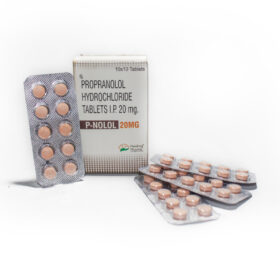 P-Nolol
P-Nolol









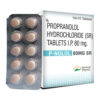
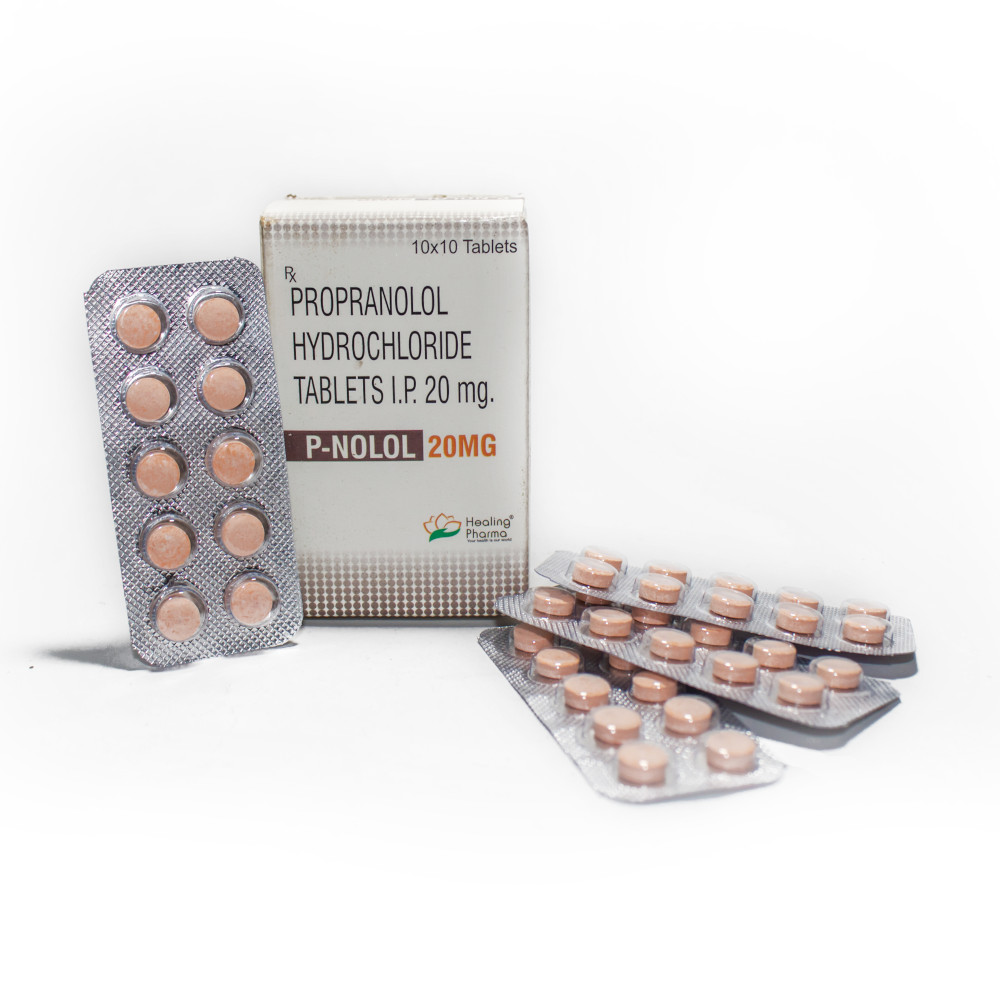
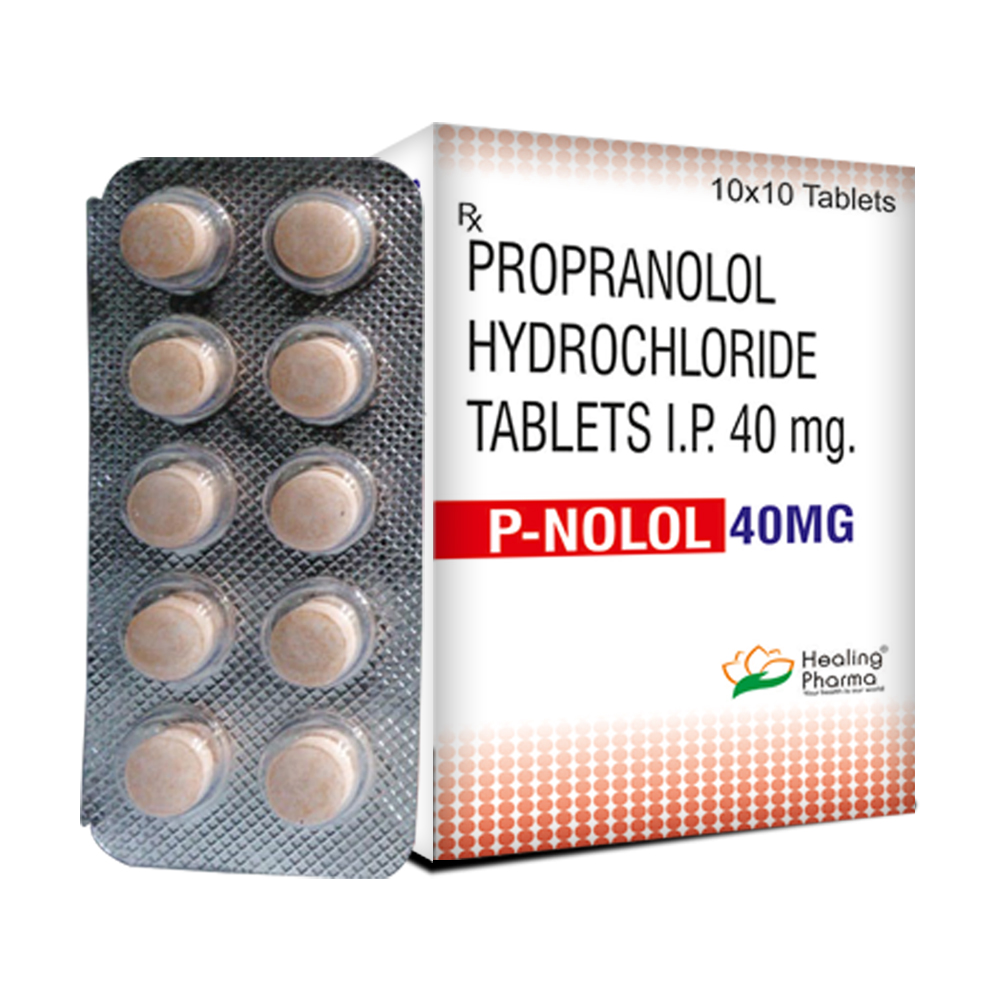
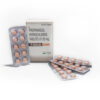
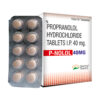
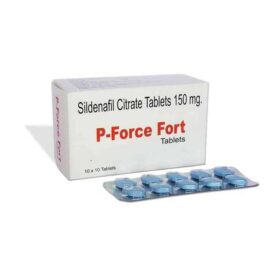
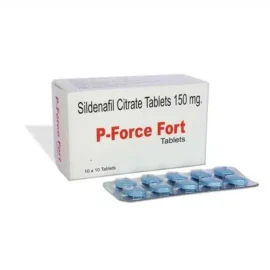
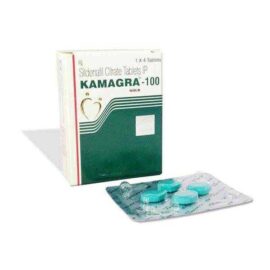
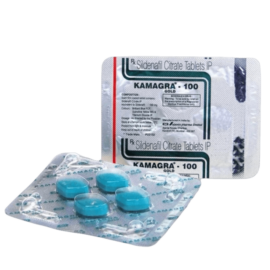
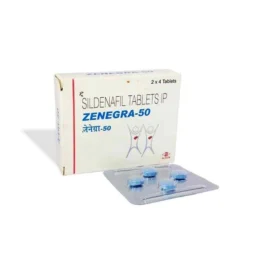
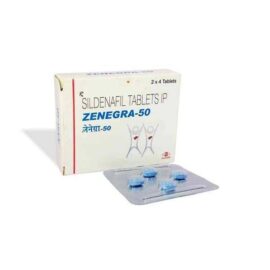
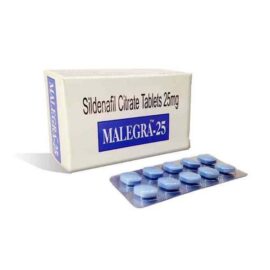
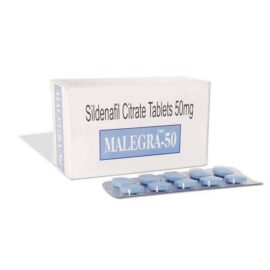
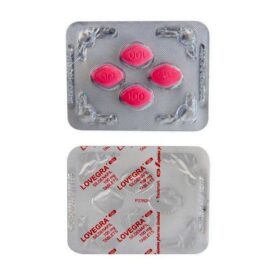
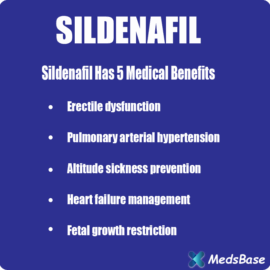
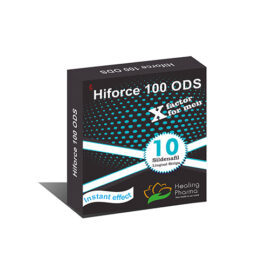
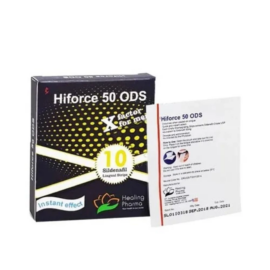
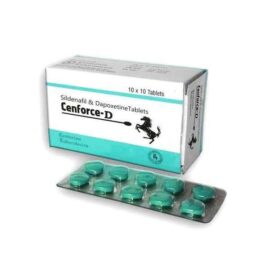
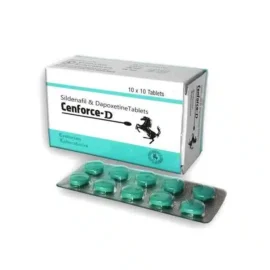
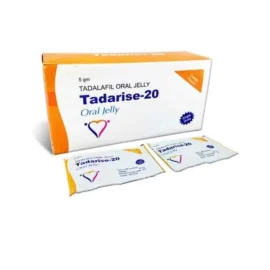
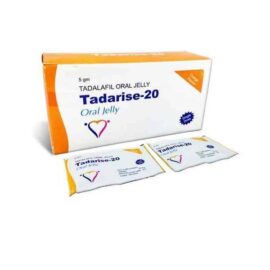
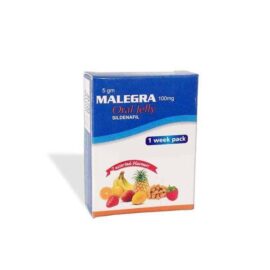
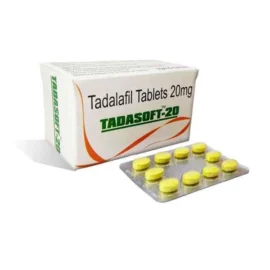
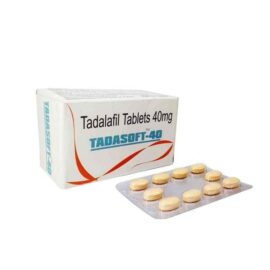
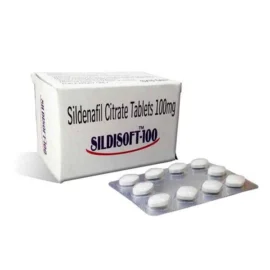
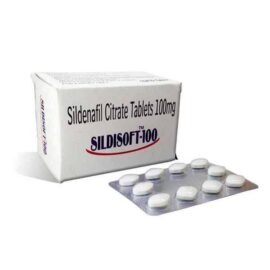
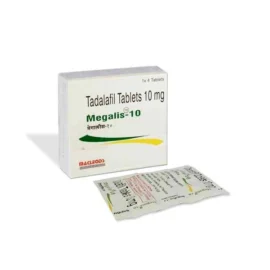
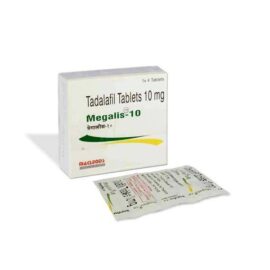
Reviews
There are no reviews yet